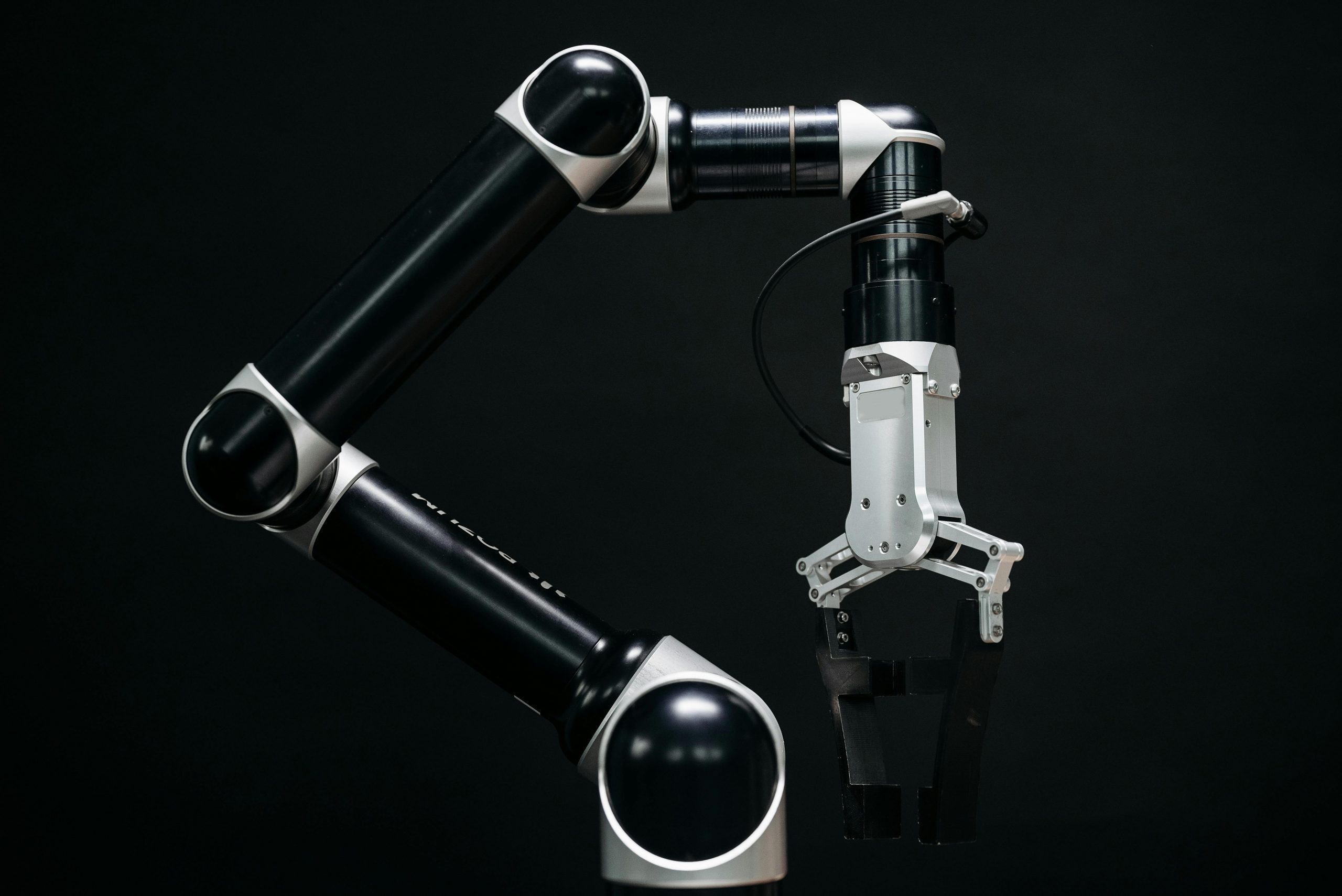- The construction industry faces a talent gap, necessitating efforts to attract tech-savvy professionals through education and retraining programs.
- Sustainability is crucial; leveraging technology for green construction can significantly reduce waste and optimize energy use.
- With technology at its heart, the construction sector is poised for a renaissance, requiring a culture of innovation.
- For a future of resilience and sustainability, the industry must view technology as a blueprint for excellence, not just a tool.
From the colossal pyramids of Giza to the towering skyscrapers of today, construction has been a fundamental human endeavor, constantly evolving with technological innovations. In the modern era, the marriage between digital technology and physical construction is paving the way for unprecedented advancements. This blog post explores the profound impact of technology on the construction industry, elucidating the future it is crafting and how stakeholders can prepare for it.
The Digital Transformation of Construction
It’s not a revolution that happens overnight but a gradual transformation that infuses every aspect of the industry. The construction sector is traditionally slow to adopt new trends amid a tech-driven upheaval, moving away from paper-based systems and one-off software tools to fully integrated digital platforms.
This transformation promises a future where projects are conceived, visualized, and executed in a cohesive digital environment, leading to greater efficiency, enhanced safety, and increased profitability.
The Rise of Building Information Modeling (BIM)
Building Information Modeling (BIM) is more than just a 3D modeling tool; it’s a paradigm shift. By creating digital representations of the built environment, BIM enables architects, engineers, and construction professionals to collaborate in real time and make informed decisions throughout the project lifecycle.
Advancements in Construction Materials
Innovations in materials science yield substances that were once the stuff of science fiction. Self-healing concrete, translucent aluminum, and 3D-printed buildings are becoming a reality, revolutionizing construction methods and pushing the boundaries of what’s possible. These durable and sustainable materials can lead to significant cost savings, a critical factor in the increasingly competitive construction market.
Automation and Robotics on the Job Site

Gone are the days when construction sites were synonymous with manual labor. Drones now zip across the sky to provide aerial surveys, robotic arms precisely lay bricks at record speeds, and autonomous vehicles transport materials across sites without fatigue or error. This automation boosts productivity and dramatically improves safety by taking workers out of hazardous environments.
The Impact of AI and Machine Learning
Artificial intelligence (AI) and machine learning (ML) algorithms are the newest allies of construction professionals. These intelligent systems predict project outcomes, optimize schedules, and provide insights for effective resource management.
By learning from historical data and real-time feedback, AI and ML contribute to informed decision-making, ensuring that projects stay on track and within budget.
Improving Contractor Profitability
Any construction project’s success hinges on its contractors’ financial understanding. To achieve profitability, contractors must rely on more than just experience. Tools powered by analytics, forecasts, and detailed project estimations are the linchpin of financial success in this digitized landscape.
By incorporating an effective contractor profitability and estimate tool like the reputable Biddi app construction firms can gain a competitive edge, secure more bids, and deliver projects with healthy margins.
Challenges and Opportunities
While the outlook is promising, the road to a tech-savvy construction industry has challenges. These include the cost of technology, the need for skilled labor, and the critical push for sustainable practices. Addressing these hurdles is essential for realizing the full potential of technology in construction.
Navigating the Digital Divide
Larger firms with deep pockets might quickly adopt and integrate new technologies, but the same cannot be said for their smaller counterparts. These smaller companies may struggle to finance the initial leap into digital tools. To bridge this digital divide, industry support, and shared resources can help all firms compete in the modern market, regardless of size.
The Need for a Skilled Workforce

The construction industry faces a dual challenge – an aging workforce and a deficit in tech-savvy professionals. Efforts to attract a new generation of workers skilled in construction and technology are crucial. Investing in education and retraining programs can help cultivate a diverse pool of talent equipped to handle the tools of tomorrow.
Sustainability and Green Construction
Environmental concerns are at the forefront of global priorities, and the construction industry is a major contributor. Leveraging technology to create smarter, greener buildings is not just a trend but an imperative. Digital tools can be pivotal in steering construction towards a more sustainable future, from reducing waste to optimizing energy consumption.
Preparing for the Future
The construction industry stands on the cusp of a technological renaissance. To prepare for the future, stakeholders must be proactive. By adopting a culture of innovation, investing in the right technologies, and prioritizing the development of a skilled workforce, industry professionals can shape a safer, more efficient, and more profitable future.
In conclusion, as we witness technology redefine every stone turned and every steel beam placed, the future of construction is not just about erecting structures. It’s about building a legacy of resilience, advancement, and sustainability. It’s time for the industry to lay a solid foundation in the digital age and construct a future in which technology is not just a tool but a blueprint for excellence.




